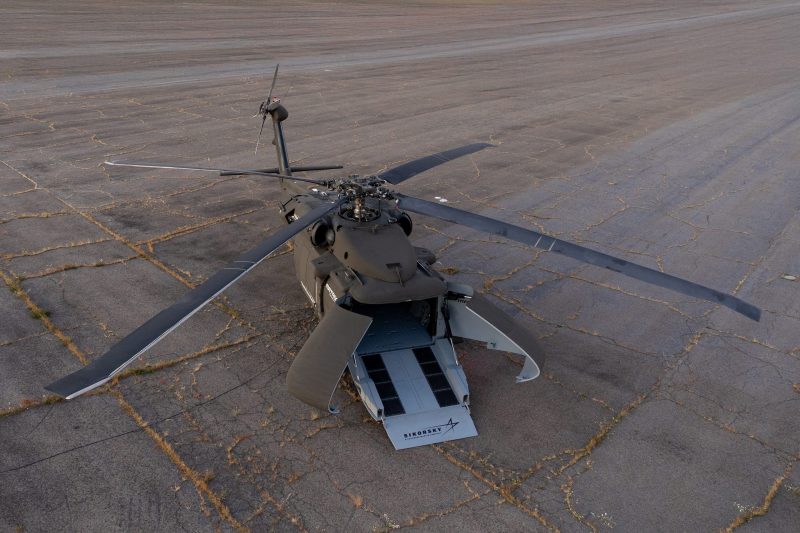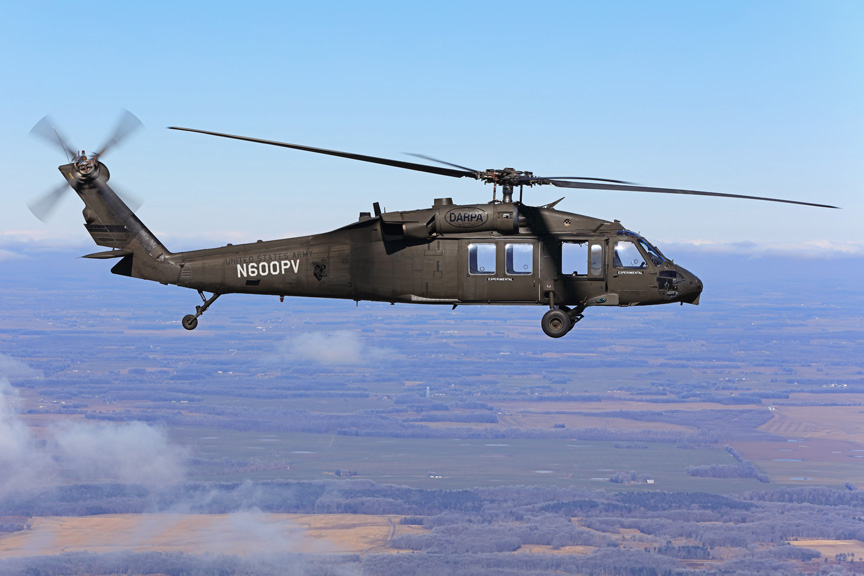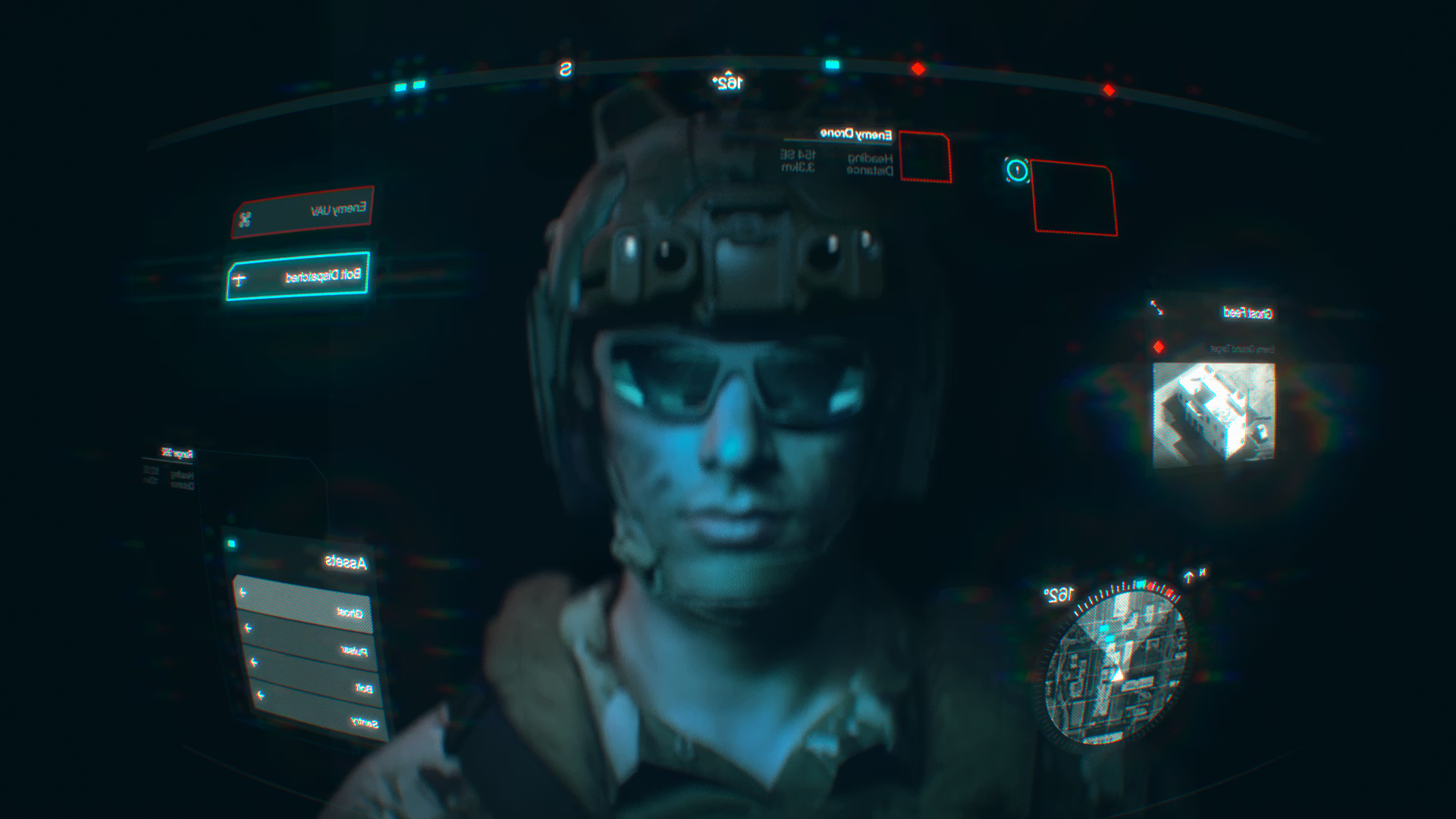The governments of Australia and the United States and Defence prime contractor Lockheed Martin havesigned…

Sikorsky unveils Black Hawk UAS

Stratford-based Sikorsky, a Lockheed Martin company, has unveiled an Uncrewed Aerial System (UAS) version of the venerable Black Hawk helicopter, the S-70UAS™ U-Hawk™. This is a Group 5 UAS with 25% more cargo space than a typical Black Hawk. Sikorsky has replaced the cockpit section with clamshell doors and a ramp, and swapped conventional flight controls with a third-generation, low-cost, fly-by-wire system integrated with the company’s MATRIX autonomy technology.
The redesign and structural modification of the baseline UH-60L Black Hawk into its uncrewed U-Hawk configuration is led by rapid prototyping group Sikorsky Innovations. First flight is expected in 2026.
Sikorsky says the S-70UAS moved from concept to reality in 10 months and was shown at the Association of the United States Army (AUSA) exposition in Washington DC. Last year and earlier this year Sikorsky carried out a series of demonstrations to both the Defence Advanced Research Projects Agency (DARPA) and the US Marines’s Aerial Logistics Connector program of an uncrewed (actually, an optionally manned) Black Hawk using the MATRIX flight autonomy system, developed by Sikorsky Innovations.
A tablet gives an external operator full command of the U-Hawk aircraft from start-up to shut down.
The U-Hawk’s bigger cargo cabin enables it to carry a HIMARS pod of six rockets, or two Naval Strike Missiles. It can also deploy what the company calls ‘launched effects’ – Intelligence, Surveillance and Reconnaissance (ISR) or strike UASs from quivers secured to the cabin; and it can carry drive on/off uncrewed ground vehicles such as the HDT Hunter Wolf 6×6 UGV, Sikorsky says.
Like a UH-60L aircraft, a U-Hawk variant retains the ability to load cargo from the side door, and externally lift 9,000 pounds (4,080 kg) using its cargo hook, the company adds.
“Sikorsky is innovating a 21st century solution by converting UH‑60L Black Hawks into a fully autonomous utility platform,” said Rich Benton, Sikorsky vice president and general manager. “We developed this prototype from concept to reality in under a year, and the modifications made to transform this crewed Black Hawk into a multi-mission payload UAS can be replicated at scale quickly and affordably.
“The U-Hawk continues the Black Hawk legacy of being the world’s premier utility aircraft and opens the door to new capabilities as a UAS.”
By eliminating the cockpit and internal components, the U-Hawk has 25% more cargo space than the UH-60L Black Hawk, says Sikorsky. Forward loading and the additional useable cabin space of the U-Hawk aircraft now offers the flexibility to accommodate oversized loads up to the same maximum gross weight.
“The U‑Hawk offers a cost‑effective utility UAS by leveraging commonality with the existing UH‑60 fleet, and its uncrewed nature reduces both operating and maintenance costs,” said Igor Cherepinsky, Sikorsky Innovations director. “We focused on efficiencies in the retrofit by designing and manufacturing vehicle management computers, actuation components and airframe modifications. We will incorporate those efficiencies into future modifications and manufacturing for our family of UAS products.”



